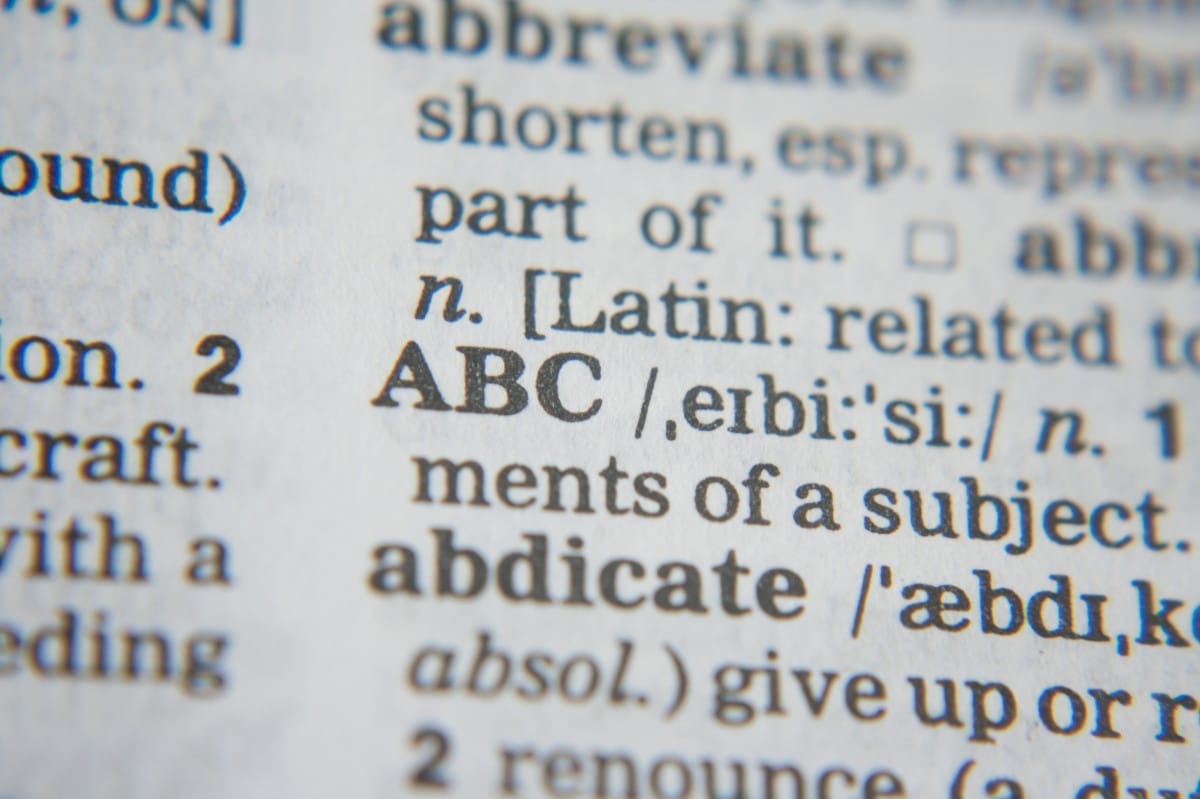Teachers and professionals who work in education typically draw upon a wealth of academic vocabulary in their every interaction. We have easy access to this word richness, and it becomes part of who we are and how we communicate. What we recognise when we closely scrutinise the patterns of academic language is that the vocabulary includes individual words but also lots of academic phrases.
Try this little academic vocabulary test to get a practical sense of the academic phrases and vocabulary that we routinely use.
What words would you pair together with the following:
- Surface…
- Blood…
- Cell…
- Carry…
- Body…
- Plate…
- Food…
- Nervous…
- Abstract…
- Food…
Perhaps you generated a few phrases for individual words. For instance, for ‘blood’ you may have coined ‘blood cells’, ‘blood pressure’ or ‘blood vessels’. If we take ‘cells’, we might generate ‘cell surface’, ‘cell wall’ or ‘cell structure’. In science, and beyond, these phrases would be used routinely to communicate in writing and verbally.
Some vocabulary we use routinely in academic subjects can be taught in the knowledge that we are not merely teaching one word, but instead we are teaching a whole family of functional academic phrases. In geography, the term ‘plate’ would generate ‘plate tectonics’, ‘plate boundary’ and ‘plate margin’.
Given the efficient approach to some words generating more important and richer networks of related phrases and language, it gives teachers a steer about which academic words to teach explicitly. Helpfully, there are ‘Secondary Phrase Lists’ (SPL) for a host of subjects (geography, biology, English, maths, etc.) that generate the most common phrases – see HERE.
In language analysis, words that commonly pair together are called ‘collocations’. There is a list for that. The ‘Academic Collocation List’ (ACL) compiles 2,469 of the most frequently used collocations in academic English – see HERE. They include headwords, such as ‘abstract’, ‘access’ and ‘additional’.
We know that pupils don’t learn to use language from learning from lists; however, they are a handy touchstone for curriculum design, or to support pupils to write in an academic style with confidence. Simply exposing pupils to patterns of language can help them possess greater ‘word consciousness’ – that is to say, a conscious awareness of language patterns along with a helpful dose of curiosity about words and phrases.
It is helpful to define academic vocabulary not simply as individual words, but to recognise that word pairs, collocations, phrases, and idioms, all combine to create the academic style of school, university, and the professions.
‘Idioms’ are those common expressions and phrases that pepper academic language. For example, ‘on the other hand’, ‘the balance of power’, and ‘gold standard’ are all common idioms. There is a helpful list of ‘Academic Idioms’ – see HERE. Some idioms veer in unhelpful cliched language, but an awareness of such phrases helps pupils recognise how they feature so prominently in their academic writing and more.
A word list of academic phrases and idioms could never be the whole story when it comes to academic language, but you get the picture!
Practical strategies to promote academic phrases and their use
- Word association. The opening vocabulary test I posed at the start of the blog offers an accessible way in to teaching phrases and academic language. It can also prove a handy diagnostic assessment of vocabulary knowledge (either general ‘Tier 2’ vocabulary, or more subject specific language knowledge).
- Text marking academic phrases and idioms. You can get pupils to read passages from academic text and get them to text mark for key academic phrases, before generating discussion/meaning/links with related subject terminology. Doing this just once or twice (AI can produce appropriate texts) can offer a handy recognition of these prominent patterns that commonly are hidden in plain sight to pupils.
- ‘Cliché or clever?’ You can share an array of academic idioms and get pupils exploring and deciding whether they are cliched, or ‘clever’ – i.e. we should use them in our academic writing.
You can also utilise the academic word lists from my previous blog, entitled ‘What Should We Do With Word Lists?’ See HERE.






Comments